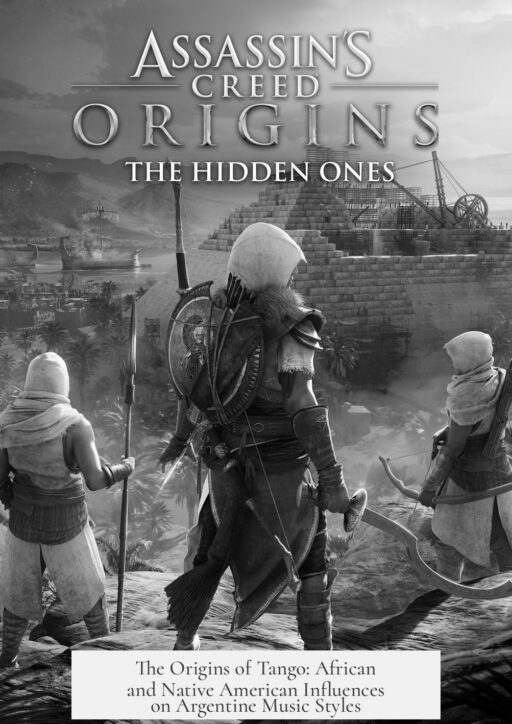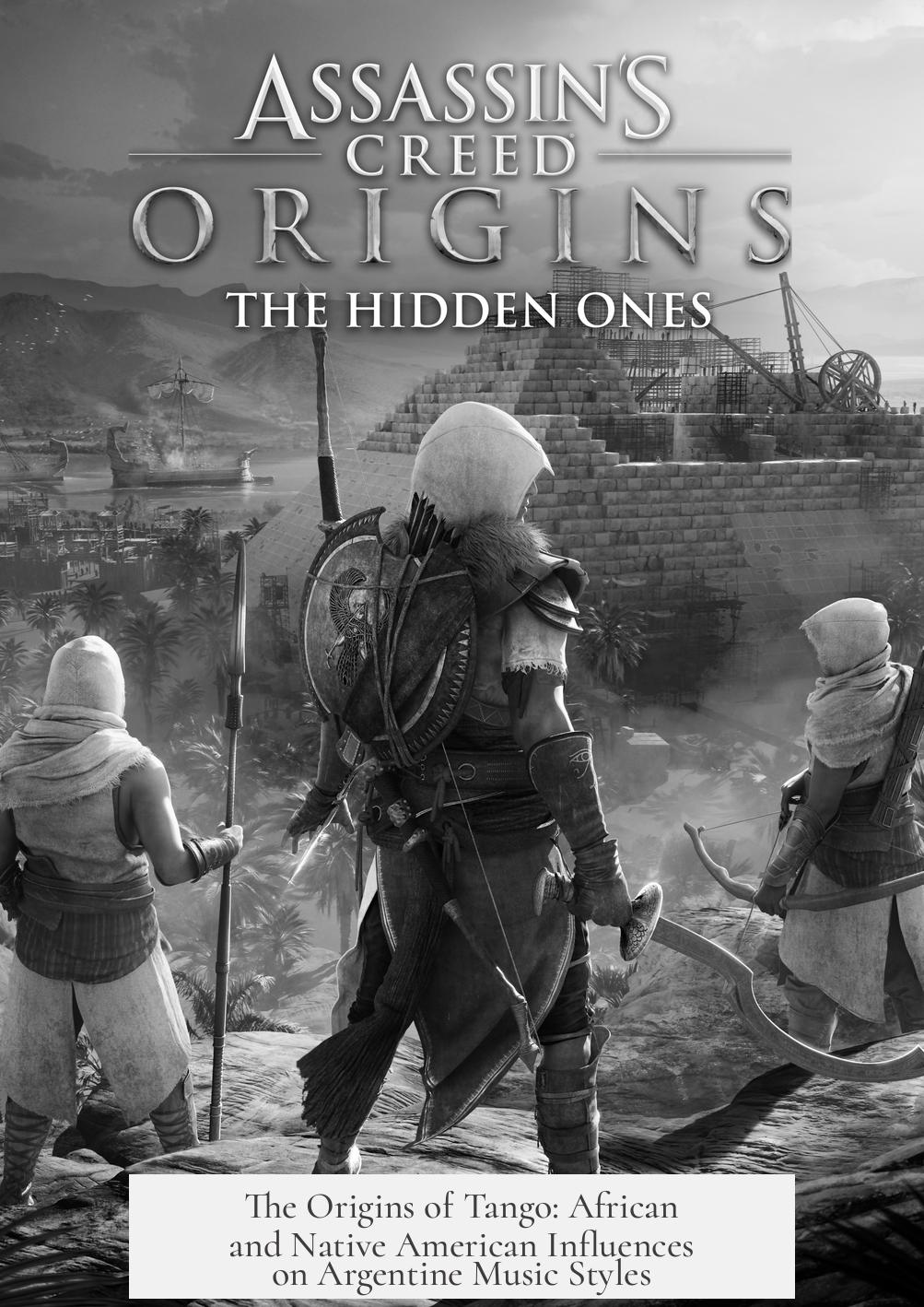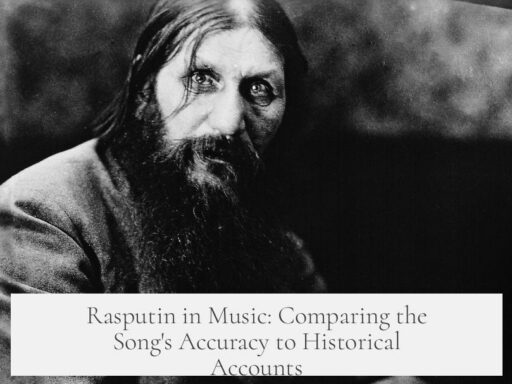Tango originates in Buenos Aires in the late 19th century, born within the lower-class neighborhoods of the city’s slums. It quickly spread across the Río de la Plata to nearby Montevideo, Uruguay, evolving from a rich cultural exchange. This genre’s roots trace to a fusion of African, Native American, and European influences, creating a unique, expressive musical style known worldwide.
The earliest known form of tango, often called paleo-tango or proto-tango, emerges from interaction between African Argentines and orilleros — the slum dwellers of Buenos Aires. This cultural blend is crucial to tango’s identity. African Argentines contributed percussive rhythms fundamental to proto-tango, which helped lay its sonic foundation. The influence of African percussion is evident in the rhythmic complexity of early tango music.
One of the oldest tangos still performed today, “Cara Sucia,” was composed in 1884 by Casimiro ‘El Negro’ Alcorta, an Afro-Argentine violinist. This piece embodies the African imprint on tango’s emergence. The presence of African musicians in Buenos Aires shaped tango’s rhythm and mood, embedding deep African musical traditions into its core.
Besides African rhythms, tango also reflects Native American cultural elements, particularly through language. Lunfardo, the distinctive slang featured in many tango lyrics, incorporates vocabulary from Spanish, Italian, and Quechua — a Native American language from the Andes. While direct Native American musical styles are less documented, the linguistic blend in Lunfardo points to indigenous cultural influences within tango’s evolution.
European immigrants form a third critical group in tango’s creation. During the late 19th and early 20th centuries, Buenos Aires saw waves of lower-class immigrants, especially Italians and Eastern Europeans, who brought diverse musical and dance traditions. Italians contributed folk dances and vocal styles. Romani and Eastern European migrants added further dance forms, instruments, and musical gestures, thus enriching tango’s structure.
The bandoneon, a German-born reed instrument, became tango’s signature sound. This instrument replaced traditional percussion and accordion elements, offering a broad tonal range from deep bass to high notes. Its capacity to emulate complex rhythms suited tango’s dance patterns and expressive style perfectly. The bandoneon’s prominence in tango stems directly from this European immigrant influence.
Tango incorporates several additional musical components, each representing a cultural origin. It draws from milonga, habanera, payada, and even the waltz. The mix also includes flamenco variants such as tango andaluz. This diversity creates tango’s distinctive fusion style rather than a linear heritage from a single culture.
The social context surrounding tango’s rise is essential to understanding its character. Originating in marginalized working-class districts, tango was initially associated with sex workers, laborers, and taverns known as pulperías. This gritty environment shaped tango’s themes — love, despair, longing — and its passionate, melancholic tone.
| Influence | Contribution to Tango | Example/Detail |
|---|---|---|
| African & Afro-Argentine | Rhythmic percussion, proto-tango foundation, early compositions | ‘Cara Sucia’ (1884) by Casimiro Alcorta |
| Native American | Linguistic elements in Lunfardo, cultural presence | Incorporation of Quechua into Lunfardo dialect |
| European Immigrants | Bandoneon instrument, dance styles, vocal traditions | Bandoneon introduced from Germany, Italian and Romani dances |
| Other Genres | Musical elements from flamenco, habanera, waltz, milonga | Tango Andaluz, payada influences |
Tango does not stem from one source but results from a syncretic process involving multiple communities in Buenos Aires. It embodies the struggles and cultural dialogues of an immigrant society marginalized within the city’s slums. African rhythms provide its pulse, Native American languages add lyrical richness, and European immigrants shape its instruments and dance style.
This fusion reflects Argentina’s complex social and cultural history. Tango quickly became a symbol of this urban melting pot, growing from local expression into a global phenomenon. Its ability to adapt and absorb diverse influences continues to define it as a living, evolving art form.
- Tango originated in Buenos Aires in the late 19th century, emerging from slum culture.
- African Argentines contributed important rhythmic elements foundational to proto-tango.
- Native American influence appears mainly through the Quechua language reflected in Lunfardo slang.
- European immigrants brought instruments (like the bandoneon) and dance styles that shaped tango’s form.
- Tango combines multiple genres, including flamenco, habanera, waltz, and milonga, making it a hybrid musical style.
It Takes Two, but what are the Origins of Tango? How did African and Native American Music Styles Influence this Most Argentine of Genres?

Tango is born in the gritty slums of Buenos Aires, but its spirit carries the echoes of African drums, Native American language, and European melodies. This dance and music genre, famed worldwide for its passion and drama, emerges from an intriguing blend of cultures and histories. Let’s unpack how this iconic Argentine art form came to be and explore the surprising roles African and Native American music played in shaping it.
When you think tango, what images pop up? A pair of dancers in a dimly lit milonga, stepping in sync, the melancholy strains of a bandoneon weaving through the air. But who birthed this dance? And more curiously, how did African and Native American cultures add their distinct flavors to create something uniquely Argentine?
Buenos Aires in the Late 19th Century: The Birthplace of Tango
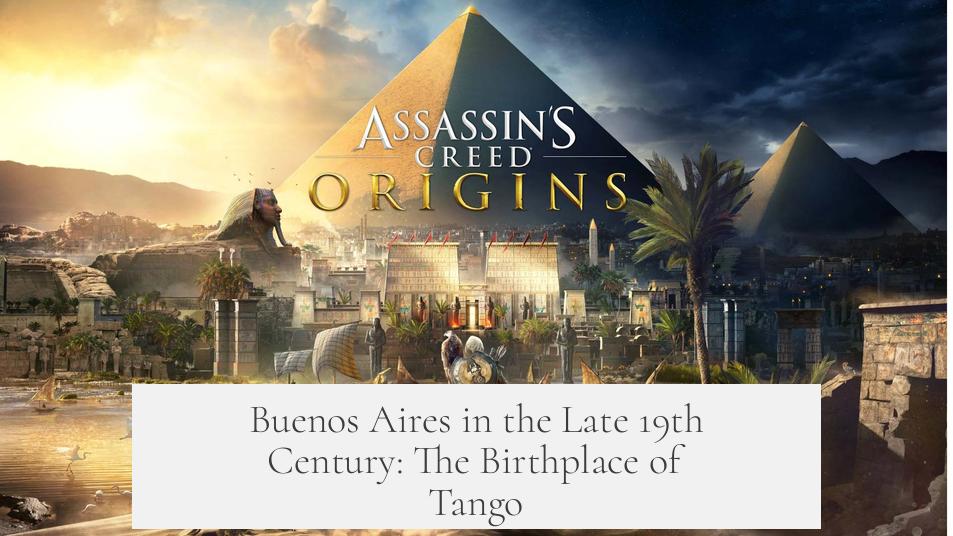
Tango’s cradle was the orilleros – the working-class, waterfront people of Buenos Aires. These folks lived in the port slums, areas marked by hardship, pubs, brothels, and plenty of drinking. Tango was raw, rebellious, and deeply grounded in the daily struggles of these communities. It wasn’t always the elegant ballroom staple we recognize today. Instead, it originated as a marginalized form of expression where music met life’s harsh realities.
The story of tango’s origins is like a melting pot: various cultures stir together, creating something fresh and vibrant. Africans, Indigenous peoples, European immigrants – each contributes unique rhythms, stories, and instruments. This convergence is why tango feels both familiar and exotic.
African Influence: The Heartbeat of Tango
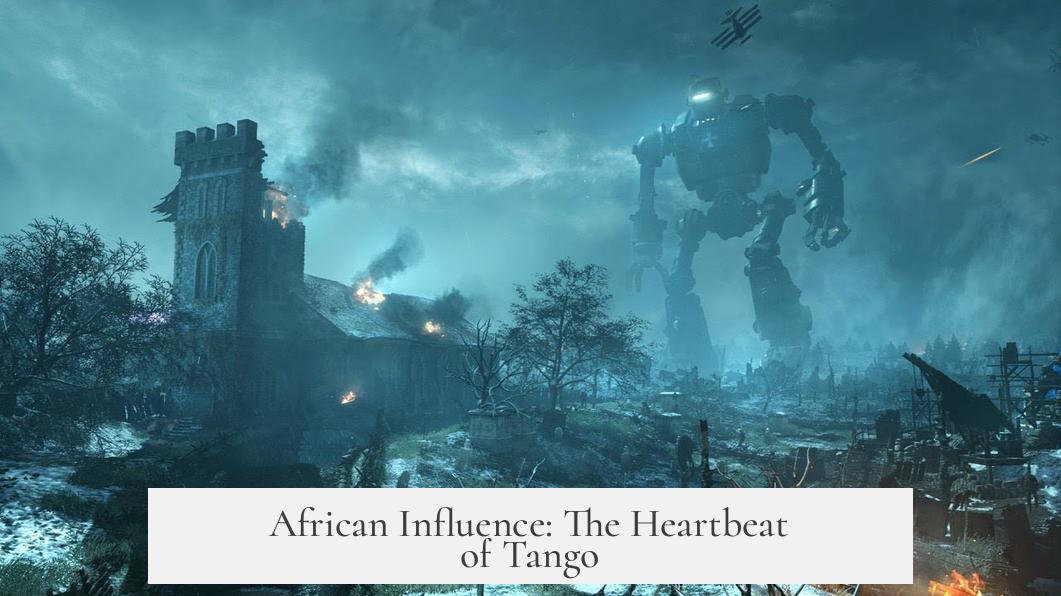
African Argentines left a significant mark on early tango. The earliest known tango, Cara Sucia (Dirty Face), was composed in 1884 by Casimiro ‘el Negro’ Alcorta, an Afro-Argentine violinist. The percussion-based rhythms Africans brought seemed to breathe life into the proto-tango music, transforming a mere melody into a rhythm you could feel in your bones.
African percussion styles played a fundamental role in creating the early heartbeat of tango. Their rhythms merged seamlessly with local melodies and songs from the orilleros. This collaboration between African Argentines and waterfront people contributed to what we now call paleo-tango or proto-tango, a kind of musical embryo from which modern tango evolved.
Did you know that many early tango rhythms could trace their roots to African drum patterns? This grounding in percussion gave tango its distinctive syncopated beat, setting it apart from European waltzes or tangos of other origins.
Native American Influence: Spoken Words and Cultural Echoes

While Native American musical influence in tango is less audible than the African pulse, it’s still present—especially in the language. Tango lyrics often feature Lunfardo, a unique slang born in Buenos Aires’s working-class neighborhoods. Lunfardo blends Spanish, Italian, and notably, Quechua—the language native to Andean Indigenous people.
These Quechua words embedded in the lyrics hint at a Native American cultural footprint in tango. While not overtly musical, this linguistic texture enriches tango’s expressiveness and authenticity. It gives tango’s storytelling a distinct local voice, connecting the genre to Argentina’s Indigenous past.
So, even if you don’t hear drumbeats or flutes specifically marked as Native American in most tangos, the influence reverberates through its words and cultural attitudes.
European Immigrants: A Third Crucial Ingredient

Besides African and Indigenous influences, a wave of European immigrants – mainly Italians, Eastern Europeans, and Germans – swept into Buenos Aires during the late 1800s. They brought their own dances, instruments, and musical traditions, creating a fascinating cultural exchange.
One musical star of this immigrant influx is the bandoneon, a German-born accordion-like instrument. German sailors introduced it, but it quickly became tango’s signature sound. The bandoneon’s ability to play low bass notes with the left hand and high melodies with the right replaced the percussion drums in the ensemble. It also preserved the flair characteristic of Romani and Gypsy dances, another layer in this multicultural musical cake.
Italian and Romani dances mingled with African rhythms and Argentine styles like milonga and habanera to define the unique identity of tango. So, it’s fair to say European immigrants helped tango find its distinctive sound and dance style.
Other Musical Elements and Fluid Origins
Tango isn’t a one-trick pony musically. It draws from diverse genres: tango andaluz (a flamenco variant), milonga, habanera, payada, and waltz all contributed ingredients to the mix. This holistic melding gave tango its complexity and emotional depth, setting it apart worldwide.
Where else do you see such a blend? Few genres can boast such layered origins—each component bringing a fresh dimension yet seamlessly blending into a unified, compelling art form.
Summing It Up: The Dance of Culture
Tango’s origins reveal a story of collaboration and confluence. It germinated in the slums of Buenos Aires, where Afro-Argentine percussion and melodies collided with the hardships and vibrancy of the orilleros. Native American influence peeked through the words sung and spoken, while European immigrants steered tango towards the sound and form we know today.
Tango isn’t just a dance passed down; it is a living chronicle of cultural fusion. It marks a time and place when people, despite differences, shaped a remarkable expression of life, passion, and resilience.
Curious to Dive Deeper?
Next time you watch a tango performance, ask yourself: can you sense the heartbeat of African drums? Do you hear whispers of Quechua in the lyrics? Feel how the bandoneon wraps those influences in a unique Argentine embrace?
For those interested in exploring tango further, try:
- Listening to early tangos like Cara Sucia to detect African rhythmic patterns.
- Exploring Lunfardo slang through tango lyrics to appreciate Indigenous linguistic influence.
- Understanding the bandoneon’s role by comparing it with traditional percussion instruments.
Tango is not merely a dance; it’s a mirror reflecting centuries of immigration, hardship, cultural collision, and creative brilliance. It takes two to tango, but it takes a whole world to make tango.
